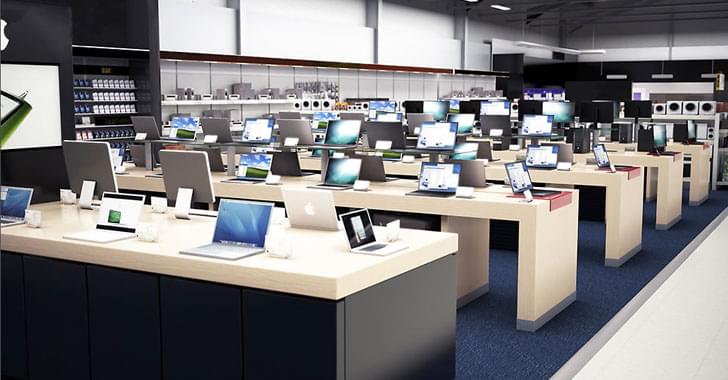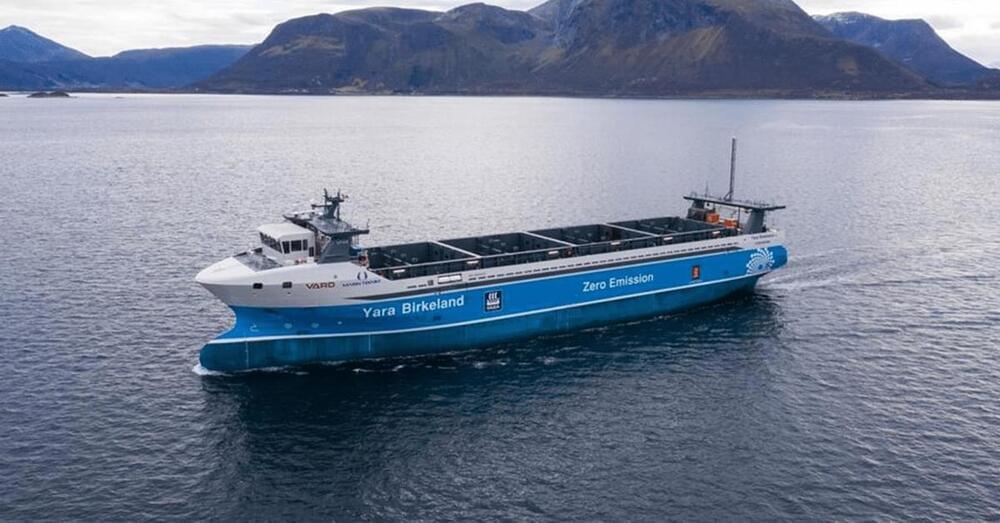Belgium-based hydrogen solution company CMB.TECH and crane equipment developer Luyckx have presented what they believe to be the world’s first hydrogen-powered dual fuel excavator. The team has converted a 37 ton Hitachi ZX350LC-7 excavator to a dual fuel machine that can continue to operate on diesel if the supply of hydrogen is not available.
The dual-fuel excavator provides gradual ecological development within the heavy construction and earthmoving sector. With this machine, companies within the sector can embark on energy transition with today’s machines without being permanently dependent on the availability of hydrogen. The solution allows companies to take a first concrete step toward greening the entire heavy excavator sector without limiting the machine’s power or autonomy.
“Driven by the wishes of our end users and fleet owners, we launched an own-initiative feasibility study with regard to possible alternative solutions that help to reduce CO2 emissions, make the machine park more sustainable and do business in a socially responsible way. We have been looking for the right solutions for several years. The challenge was mainly in the area of energy requirements for heavy machinery,” said Jos Luyckx, the CEO of Luyckx.






